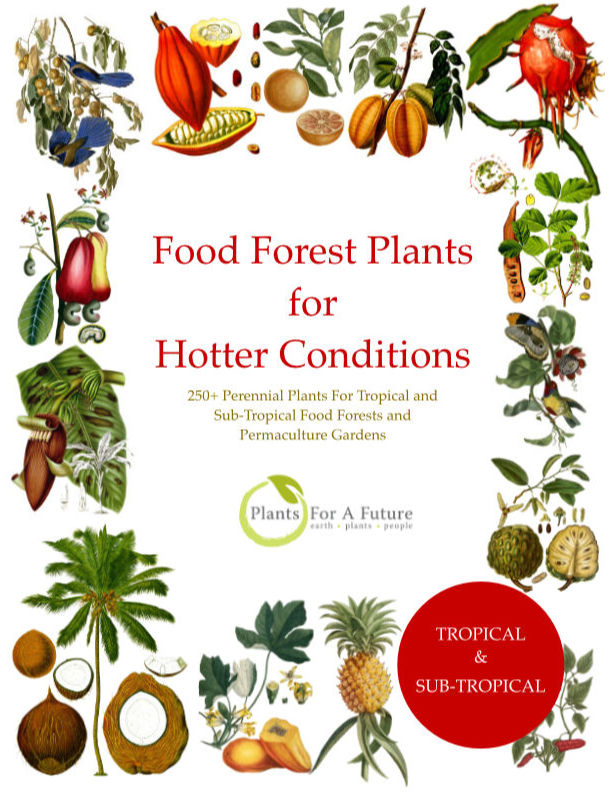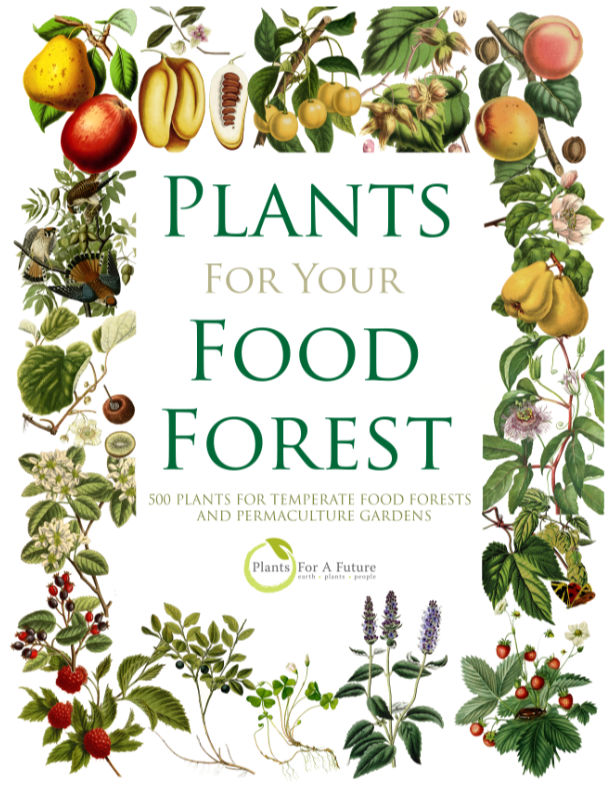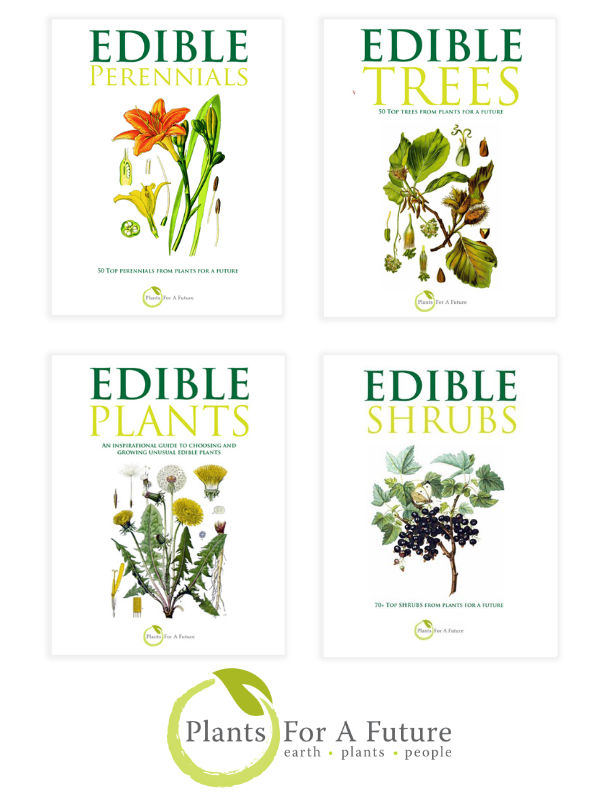Translate this page:
Summary
Physical Characteristics
![]()
![]() Lomatium utriculatum is a PERENNIAL. The species is hermaphrodite (has both male and female organs) and is pollinated by Insects. The plant is self-fertile.
Lomatium utriculatum is a PERENNIAL. The species is hermaphrodite (has both male and female organs) and is pollinated by Insects. The plant is self-fertile.
Suitable for: light (sandy), medium (loamy) and heavy (clay) soils and prefers well-drained soil. Suitable pH: mildly acid, neutral and basic (mildly alkaline) soils. It cannot grow in the shade. It prefers dry or moist soil.
UK Hardiness Map
US Hardiness Map
Synonyms
Plant Habitats
Cultivated Beds;
Edible Uses
Edible Parts: Leaves Root Shoots
Edible Uses:
Root - raw or cooked. It can be dried and ground into a powder or roasted as a vegetable[177]. Young leaves and shoots - raw or cooked as greens[105, 161, 183, 257].
References More on Edible Uses
Medicinal Uses
Plants For A Future can not take any responsibility for any adverse effects from the use of plants. Always seek advice from a professional before using a plant medicinally.
Analgesic Antiphlogistic Stomachic
A decoction of the plant has been used as a wash for swollen and broken limbs[257]. The root is analgesic and stomachic[257]. It has been chewed or infused as a treatment for headaches and stomach complaints[257].
References More on Medicinal Uses
The Bookshop: Edible Plant Books
Our Latest books on Perennial Plants For Food Forests and Permaculture Gardens in paperback or digital formats.

Edible Tropical Plants
Food Forest Plants for Hotter Conditions: 250+ Plants For Tropical Food Forests & Permaculture Gardens.
More

Edible Temperate Plants
Plants for Your Food Forest: 500 Plants for Temperate Food Forests & Permaculture Gardens.
More

More Books
PFAF have eight books available in paperback and digital formats. Browse the shop for more information.
Shop Now
Other Uses
References More on Other Uses
Cultivation details
We have almost no information on this species and do not know if it will be hardy in Britain, though judging by its native range it should succeed outdoors in much of the country. It can be assumed that plants will require a dry to moist but well-drained soil in a sunny position. This is a taxonomically very difficult genus, many of the species now included in it have at times been included in other genera[60].
References Carbon Farming Information and Carbon Sequestration Information
Temperature Converter
Type a value in the Celsius field to convert the value to Fahrenheit:
Fahrenheit:
The PFAF Bookshop
Plants For A Future have a number of books available in paperback and digital form. Book titles include Edible Plants, Edible Perennials, Edible Trees,Edible Shrubs, Woodland Gardening, and Temperate Food Forest Plants. Our new book is Food Forest Plants For Hotter Conditions (Tropical and Sub-Tropical).
Shop Now
Plant Propagation
Seed - best sown as soon as it is ripe in a cold frame[188]. Stored seed can be rather slow to germinate, when sown in the spring it usually takes at least 12 months to germinate. Giving it a period of cold stratification might reduce this time. The seedlings need to be pricked out into individual pots as soon as they are large enough to handle, and should be planted out into their permanent positions in the summer. Fresh seed can be sown immediately in situ[188]. Division may be possible in spring or autumn.
Other Names
If available other names are mentioned here
Native Range
NORTHERN AMERICA: Canada (British Columbia), United States (Oregon, Washington, California)
Weed Potential
Right plant wrong place. We are currently updating this section.
Please note that a plant may be invasive in one area but may not in your area so it’s worth checking.
Conservation Status
IUCN Red List of Threatened Plants Status :

| Related Plants
|
| Latin Name | Common Name | Habit | Height | Hardiness | Growth | Soil | Shade | Moisture | Edible | Medicinal | Other |
| Lomatium ambiguum | Biscuitroot, Wyeth biscuitroot | Perennial | 0.8 |
0-0
| | LMH | N | DM | 4 | 1 | |
| Lomatium canbyi | Biscuitroot, Canby's biscuitroot | Perennial | 0.0 |
0-0
| | LMH | N | DM | 4 | 0 | |
| Lomatium cous | Biscuitroot, Cous biscuitroot | Perennial | 0.1 |
5-12
| | LMH | N | DM | 4 | 0 | 1 |
| Lomatium dissectum | Fernleaf Biscuitroot, Carrotleaf biscuitroot | Perennial | 1.4 |
6-10
| | LMH | N | DM | 4 | 2 | 2 |
| Lomatium eurycarpum | | Perennial | 0.0 |
-
| | LMH | N | DM | 2 | 0 | |
| Lomatium farinosum | Northern Biscuitroot, Hamblen's biscuitroot | Perennial | 0.0 |
0-0
| | LMH | N | DM | 3 | 0 | |
| Lomatium foeniculaceum | Desert Biscuitroot, Inyo biscuitroot, Macdougal's biscuitroot | Perennial | 0.2 |
0-0
| | LMH | N | DM | 3 | 0 | |
| Lomatium gayeri | Biscuitroot | Perennial | 0.5 |
-
| | LMH | N | DM | 4 | 0 | |
| Lomatium gormanii | Gorman's biscuitroot | Perennial | 0.2 |
0-0
| | LMH | N | DM | 3 | 0 | |
| Lomatium grayi | Biscuitroot, Gray's biscuitroot | Perennial | 0.5 |
0-0
| | LMH | N | DM | 4 | 0 | |
| Lomatium macrocarpum | Bigseed Biscuitroot | Perennial | 0.5 |
5-10
| | LMH | N | DM | 4 | 2 | 2 |
| Lomatium nudicaule | Pestle Parsnip, Barestem biscuitroot | Perennial | 0.6 |
6-8
| | LMH | N | DM | 4 | 2 | 2 |
| Lomatium triternatum | Nineleaf Biscuitroot, Broadnineleaf biscuitroot | Perennial | 0.8 |
0-0
| | LMH | N | DM | 3 | 1 | 1 |
|
Growth: S = slow M = medium F = fast. Soil: L = light (sandy) M = medium H = heavy (clay). pH: A = acid N = neutral B = basic (alkaline). Shade: F = full shade S = semi-shade N = no shade. Moisture: D = dry M = Moist We = wet Wa = water.
Expert comment
Author
(Nutt.)Coult.&Rose.
Botanical References
60
Links / References
For a list of references used on this page please go here
Readers comment